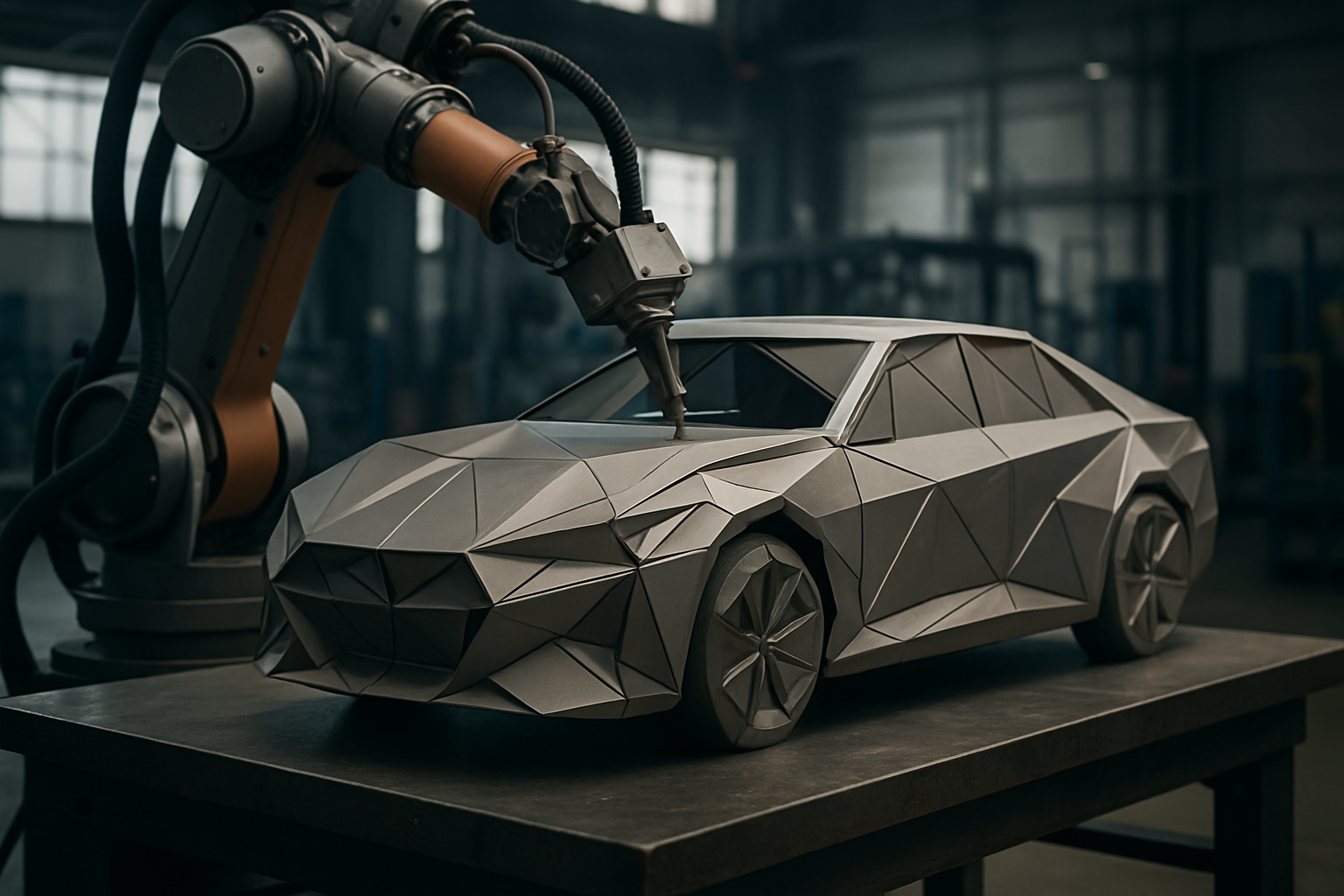Biomimetic Manufacturing: Revolutionizing Industrial Design
Nature's ingenious designs have long captivated human imagination, but only recently have we begun to harness their potential in industrial manufacturing. Biomimetic manufacturing, a groundbreaking approach that emulates nature's time-tested solutions, is reshaping how we conceive, design, and produce goods. This innovative methodology promises to revolutionize industrial processes, enhance product performance, and drive sustainability in ways previously thought impossible.

Origins and Evolution of Biomimetic Manufacturing
The roots of biomimetic manufacturing can be traced back to the mid-20th century when scientists and engineers began to recognize the potential of mimicking natural designs. However, it wasn’t until recent decades that advancements in technology, materials science, and computational power allowed for the practical application of these principles in industrial settings.
Early pioneers in the field focused on replicating simple structures found in nature, such as the aerodynamic properties of bird wings or the adhesive capabilities of gecko feet. As our understanding of biological systems deepened, researchers began to explore more complex natural phenomena, leading to breakthroughs in areas like self-healing materials and adaptive structures.
Key Principles of Biomimetic Design
Biomimetic manufacturing is guided by several fundamental principles that set it apart from traditional industrial approaches:
-
Efficiency: Nature’s designs are inherently efficient, often achieving maximum results with minimal resources. Biomimetic manufacturing aims to replicate this efficiency in industrial processes.
-
Adaptability: Natural systems are highly adaptable to changing environments. This principle is applied to create flexible manufacturing processes and products that can respond to varying conditions.
-
Sustainability: Biological systems operate in closed loops, generating no waste. Biomimetic manufacturing strives to emulate this circular approach, minimizing environmental impact.
-
Resilience: Nature’s creations are often remarkably resilient, capable of withstanding extreme conditions. This principle is applied to enhance product durability and longevity.
-
Multifunctionality: Many natural structures serve multiple purposes simultaneously. Biomimetic design seeks to incorporate this versatility into manufactured goods.
Applications Across Industries
The impact of biomimetic manufacturing is being felt across a wide range of industries, from aerospace to consumer goods. In the automotive sector, for instance, Mercedes-Benz has developed a concept car inspired by the boxfish, resulting in a vehicle with improved aerodynamics and fuel efficiency. In architecture, the Eastgate Centre in Zimbabwe uses a ventilation system modeled after termite mounds, reducing energy consumption by up to 35%.
In the field of materials science, researchers have created self-cleaning paints and coatings based on the lotus leaf’s water-repellent surface. These innovations have applications in everything from building maintenance to textile manufacturing. The medical industry has also embraced biomimetic principles, developing artificial skin, prosthetics, and drug delivery systems that mimic natural biological processes.
Challenges and Future Prospects
While biomimetic manufacturing holds immense promise, it also faces significant challenges. One of the primary hurdles is the complexity of natural systems, which can be difficult to replicate in industrial settings. Additionally, the interdisciplinary nature of biomimetic design requires collaboration between biologists, engineers, and designers, necessitating new approaches to education and professional development.
Despite these challenges, the future of biomimetic manufacturing looks bright. Advances in 3D printing and nanotechnology are enabling more precise replication of natural structures, while artificial intelligence and machine learning are accelerating the discovery of new biomimetic solutions. As industries increasingly prioritize sustainability and efficiency, biomimetic manufacturing is poised to play a crucial role in shaping the factories and products of tomorrow.
Biomimetic Insights for Business Success
• Embrace interdisciplinary collaboration: Foster partnerships between biologists, engineers, and designers to unlock innovative solutions.
• Invest in long-term research: Nature’s solutions have been refined over millions of years; allow time for thorough exploration and development.
• Focus on systemic solutions: Look beyond individual components to understand how entire ecosystems function and apply these principles to your operations.
• Prioritize adaptability: Design products and processes that can evolve in response to changing market conditions and environmental factors.
• Incorporate circular thinking: Strive for closed-loop systems that minimize waste and maximize resource efficiency.
As we continue to unlock the secrets of nature’s designs, biomimetic manufacturing stands poised to transform industrial practices fundamentally. By emulating the efficiency, adaptability, and sustainability of biological systems, businesses can develop innovative products, streamline operations, and address pressing environmental challenges. The future of manufacturing lies not in conquering nature, but in learning from its 3.8 billion years of research and development.





